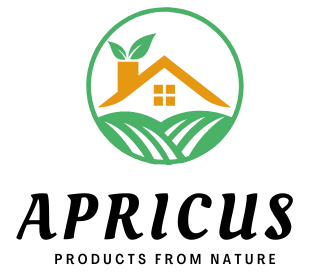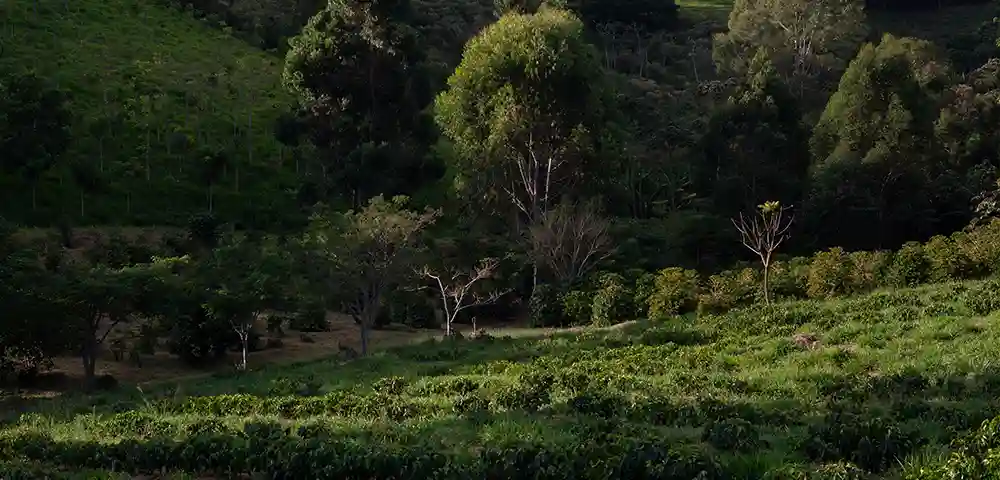Agroforestry is a farming technique that involves the integration of trees and shrubs into crop and animal production systems. It is a sustainable method of land use that provides multiple benefits, including increased crop yields, improved soil health, and enhanced biodiversity. In Jamaica, agroforestry can be an effective way for farmers to diversify their income streams and improve the resilience of their farms.
Here is a step-by-step guide for Jamaican farmers on how to implement agroforestry:
Assess the suitability of your land: The first step in implementing agroforestry is to assess the suitability of your land for this farming technique. Consider factors such as soil type, slope, and water availability.
1. Select the appropriate tree species
Once you have determined that your land is suitable for agroforestry, you will need to select the appropriate tree species to plant. Some examples of tree species that are well-suited to Jamaica’s climate and soil include moringa, neem, and cashew.
2. Develop a planting plan
Once you have selected the tree species, you will need to develop a planting plan. This plan should include details on the number of trees to be planted, their spacing, and their location on the farm.
3. Implement the planting
After developing your planting plan, you can begin to implement it by purchasing the necessary seedlings and planting them on your farm.
4. Care for the trees
Once the trees are planted, it is important to provide them with proper care and maintenance. This includes watering, fertilizing, and protecting them from pests and diseases.
5. Integrate trees into crop and animal production systems
As the trees mature, you can begin to integrate them into your crop and animal production systems. This might involve using the trees as windbreaks, as shade for livestock, or as a source of mulch for your crops.
Practical examples of agroforestry in Jamaica include the integration of cashew trees with coffee and cocoa plants, and the use of moringa trees as a source of food and medicine. Another example is using Neem trees as a natural pesticide and fertilizer for other crops. Agroforestry can also be used to provide habitat for wildlife and to conserve soil and water resources.
Conclusion
In conclusion, agroforestry is a sustainable farming technique that can provide multiple benefits for Jamaican farmers. By assessing the suitability of their land, selecting appropriate tree species, developing a planting plan, and properly caring for the trees, farmers can successfully implement agroforestry on their farms and improve their income streams. With good planning and management, agroforestry can help to increase crop yields, improve soil health, and enhance biodiversity on Jamaican farms.




